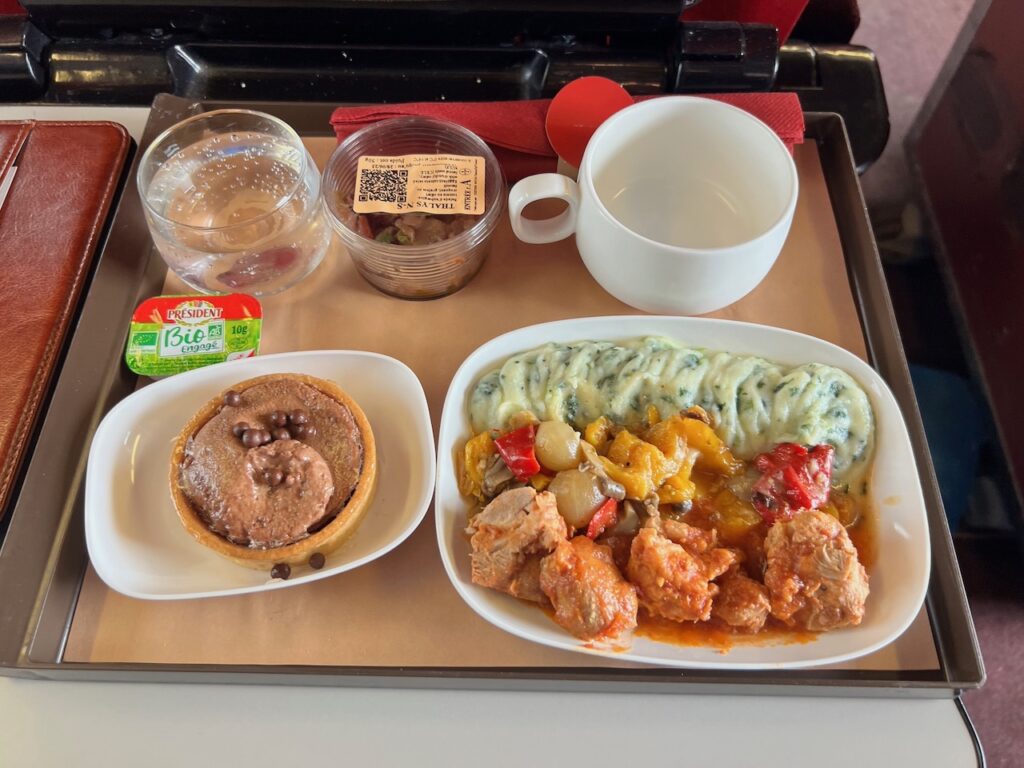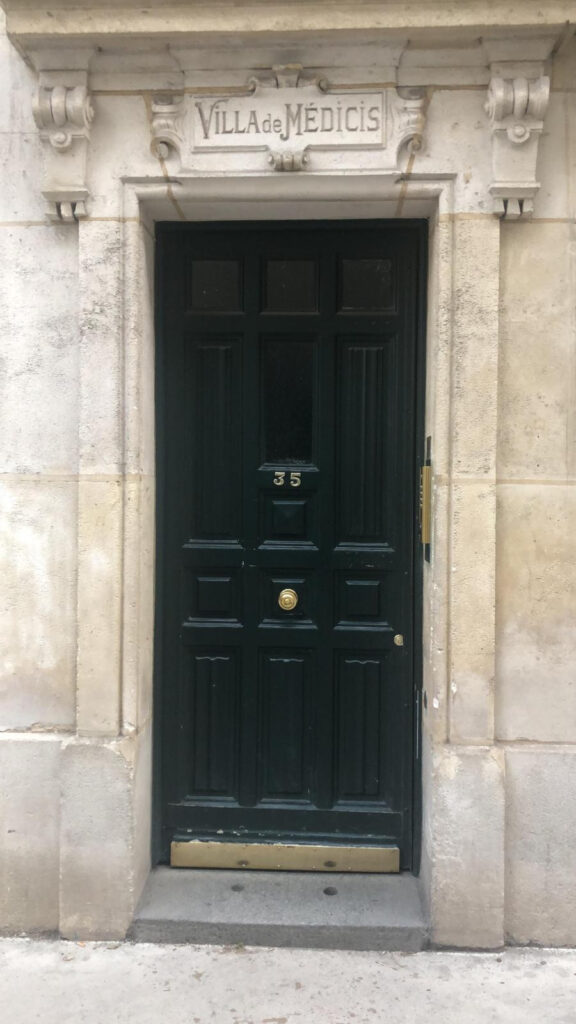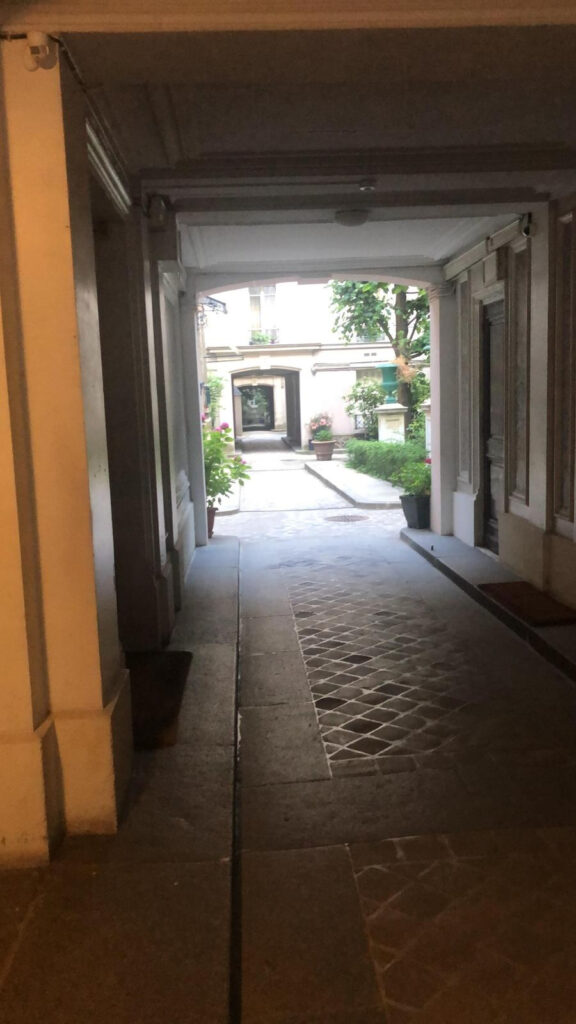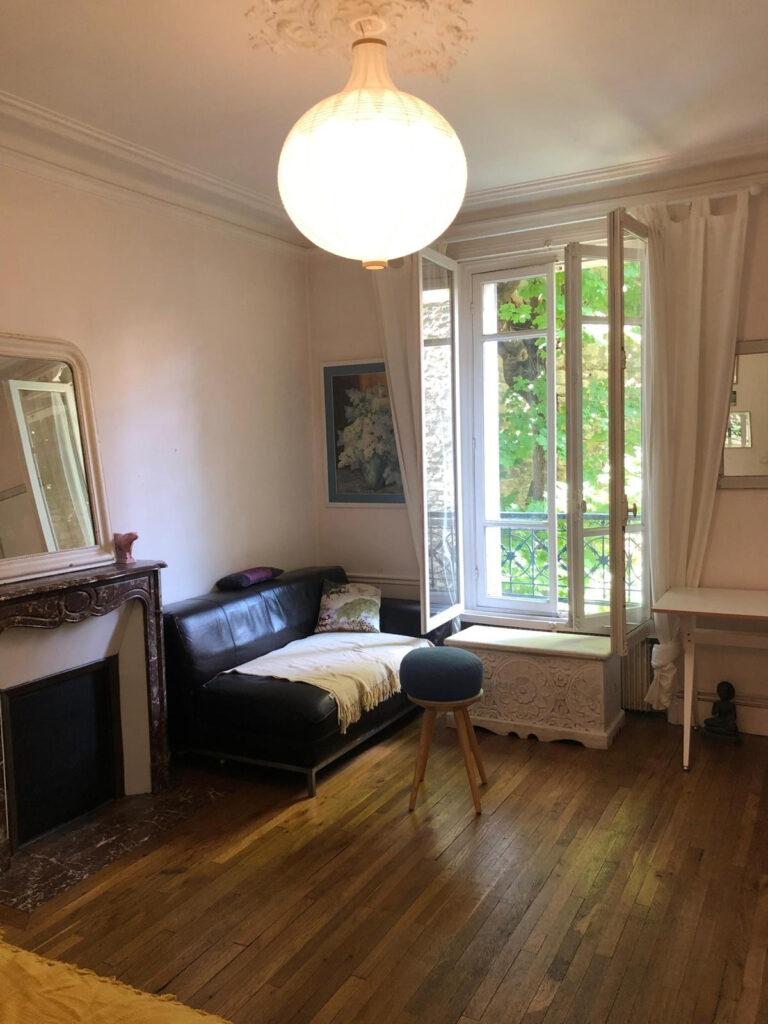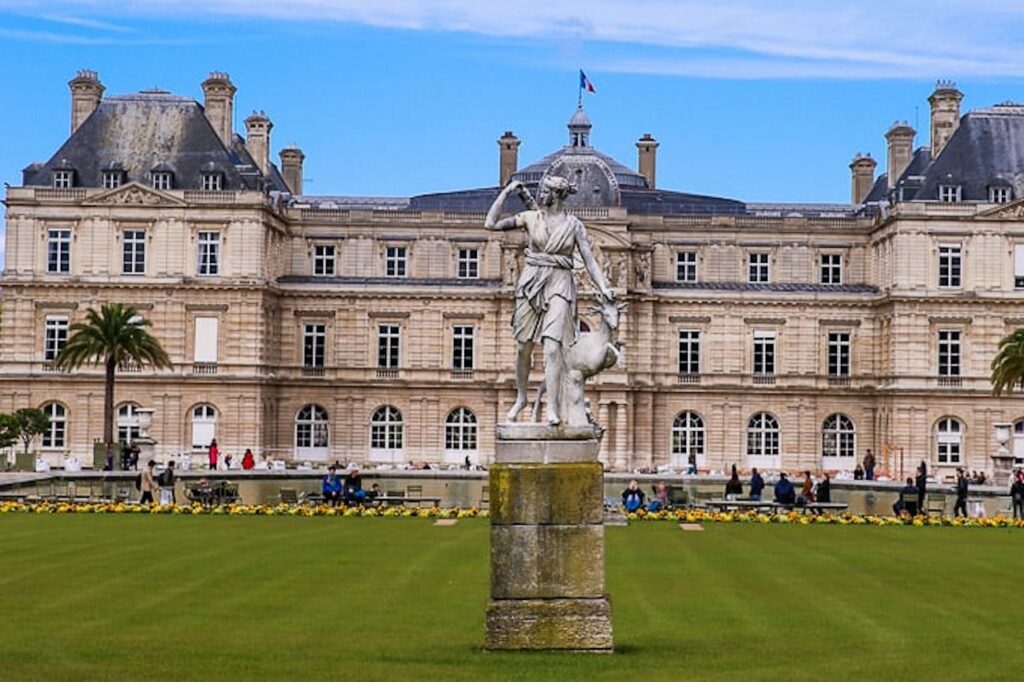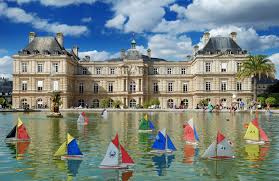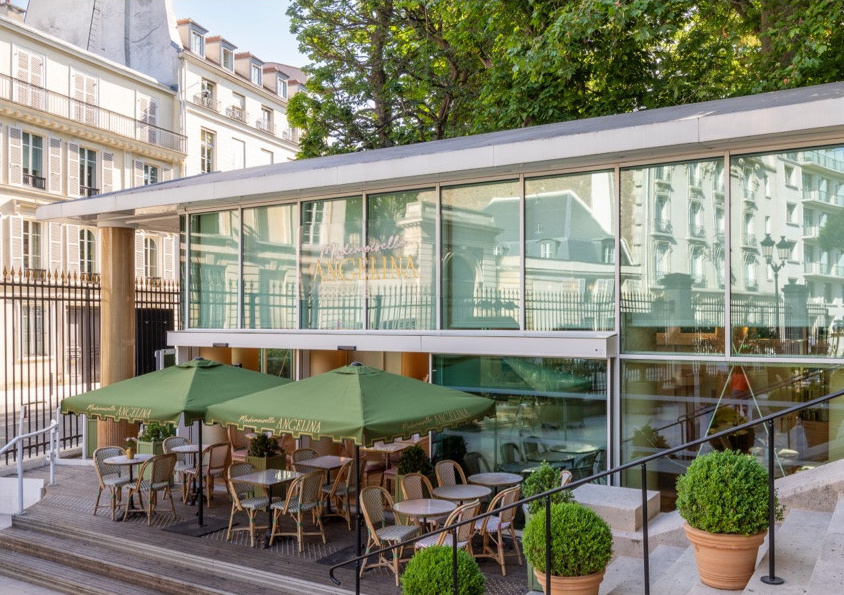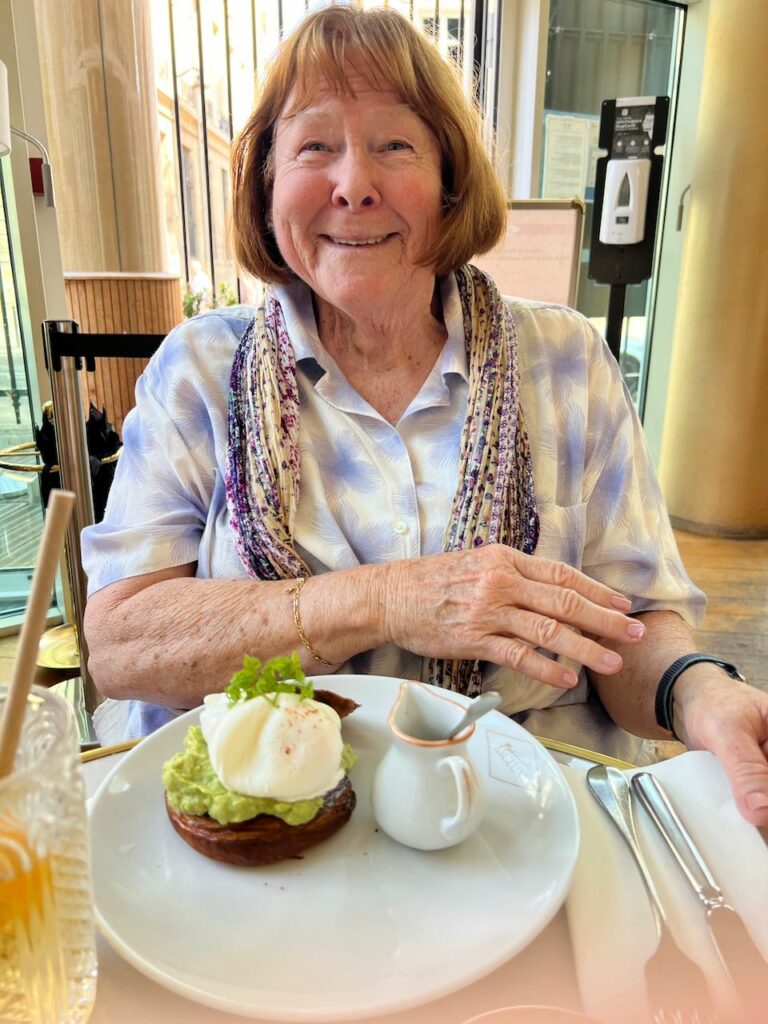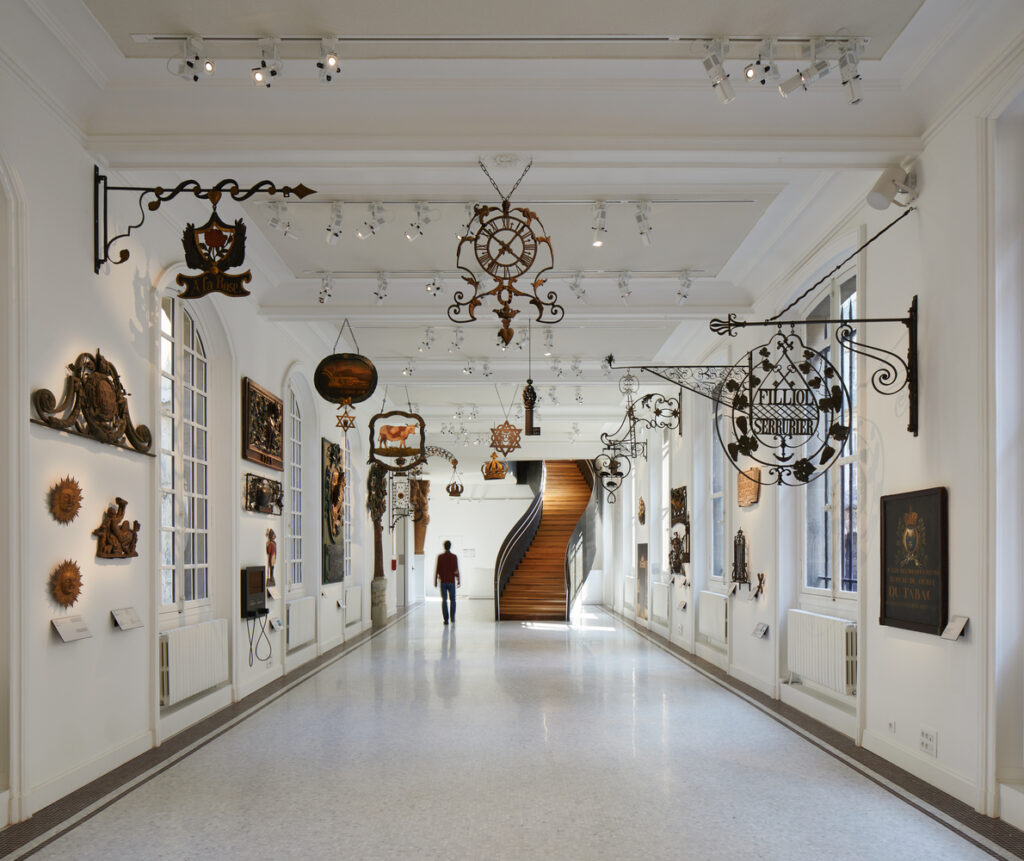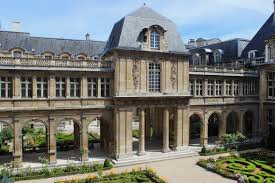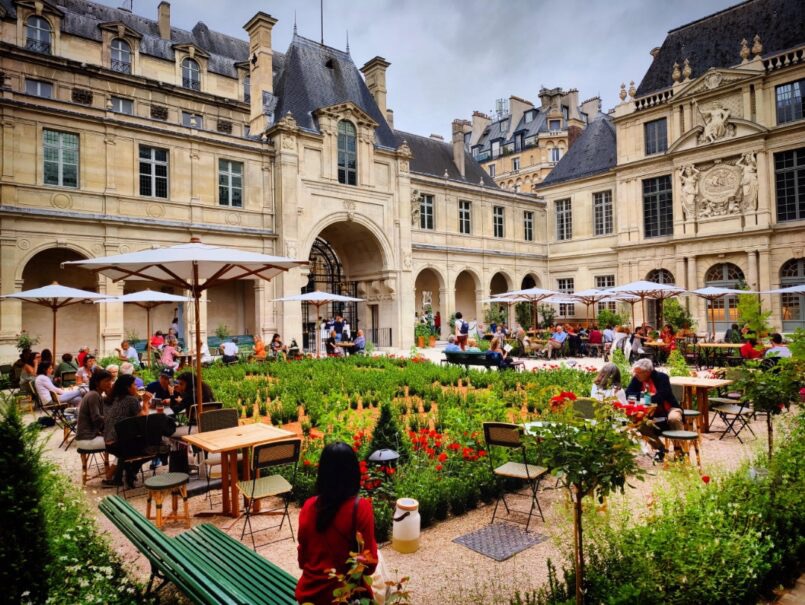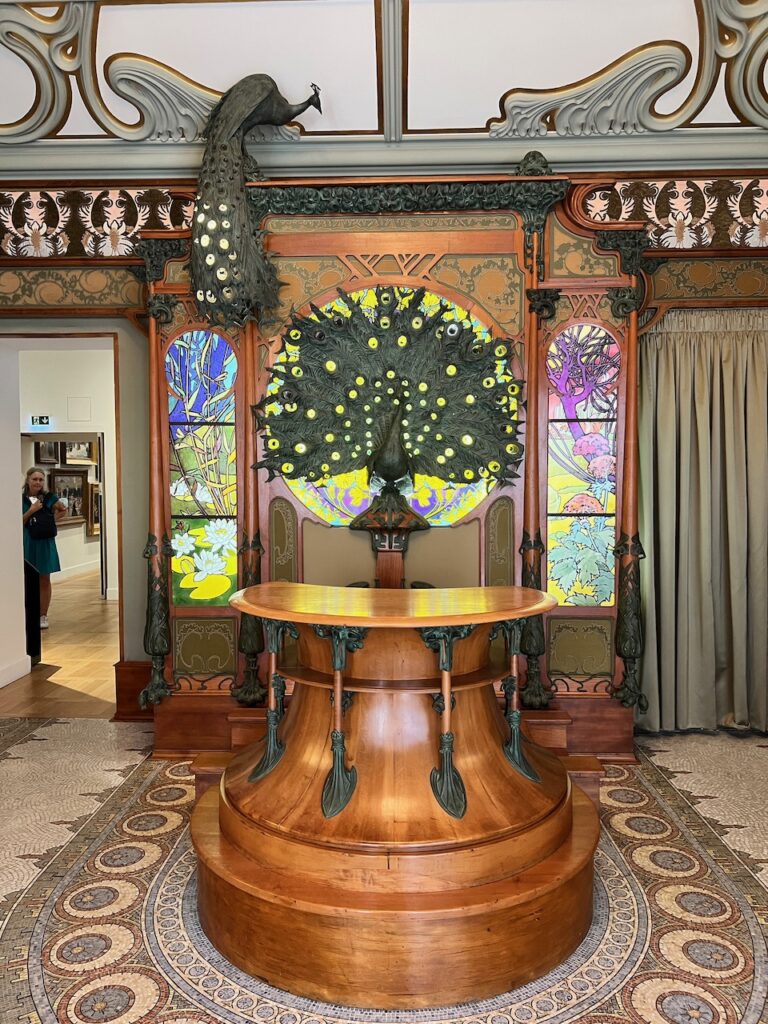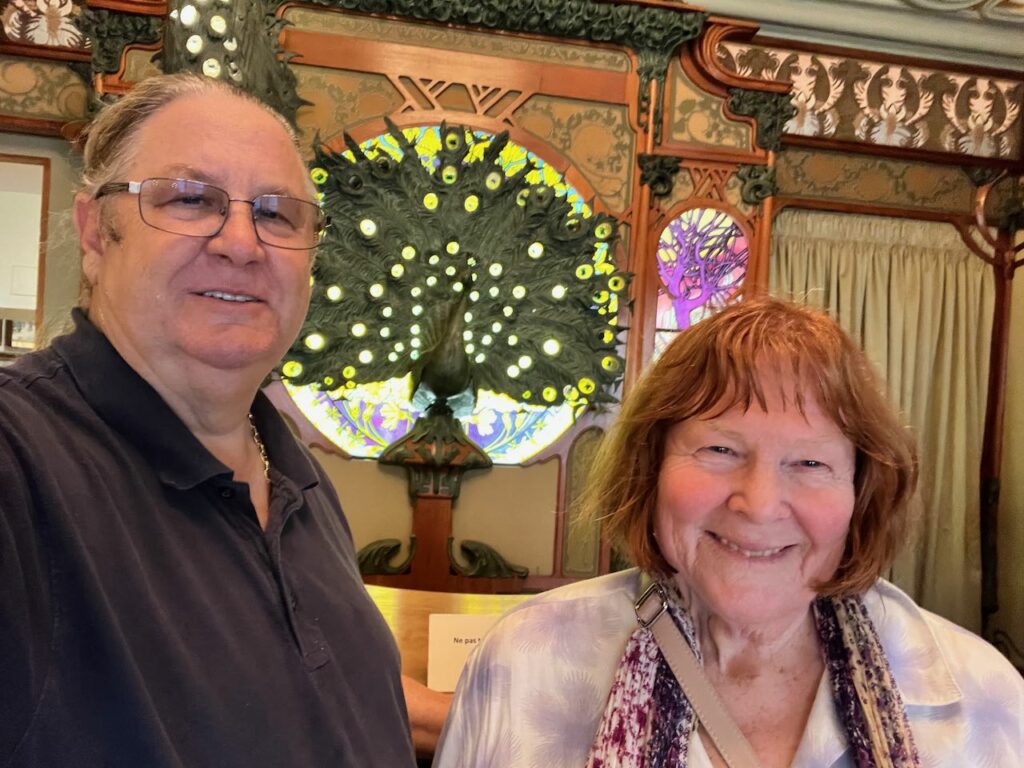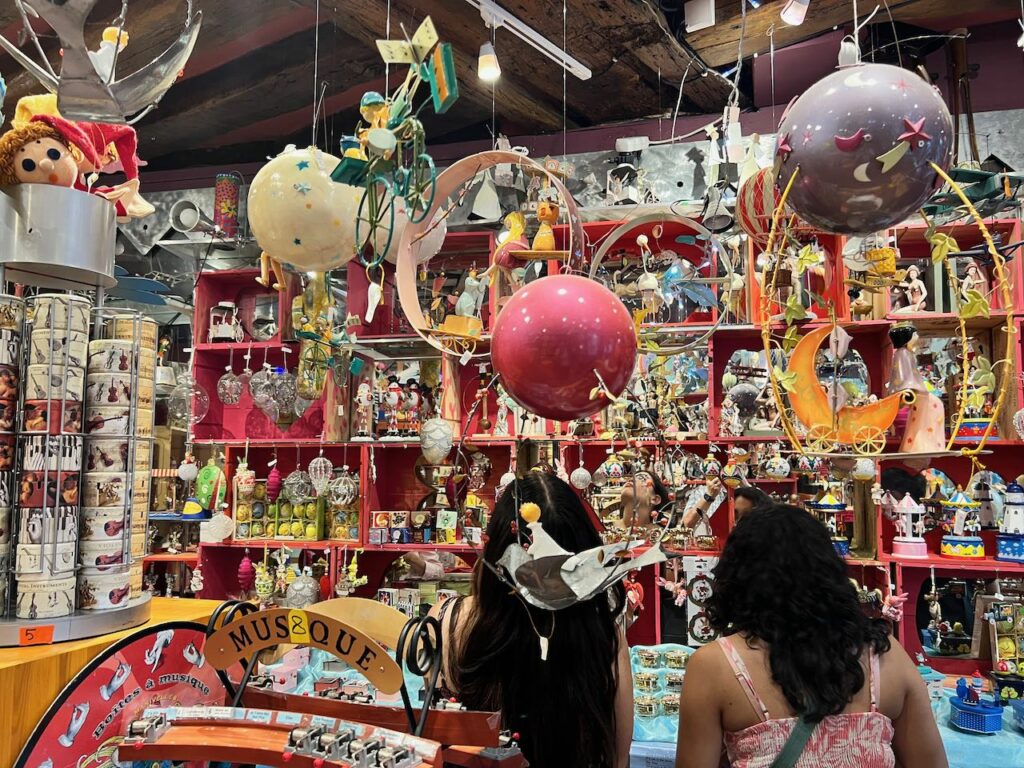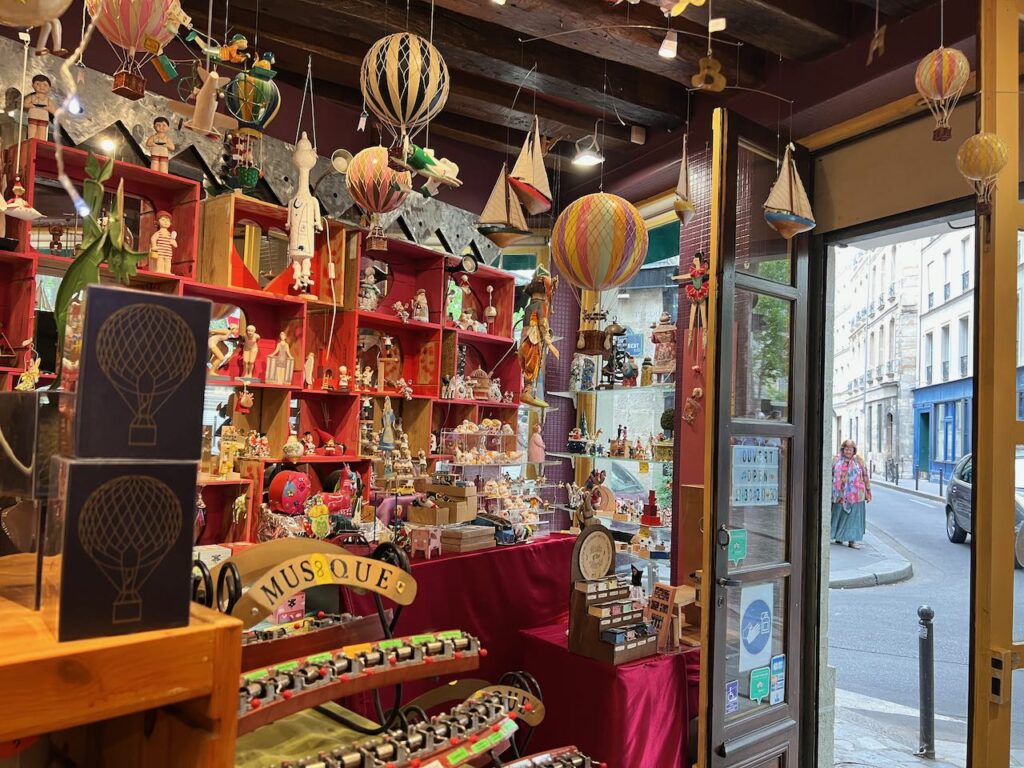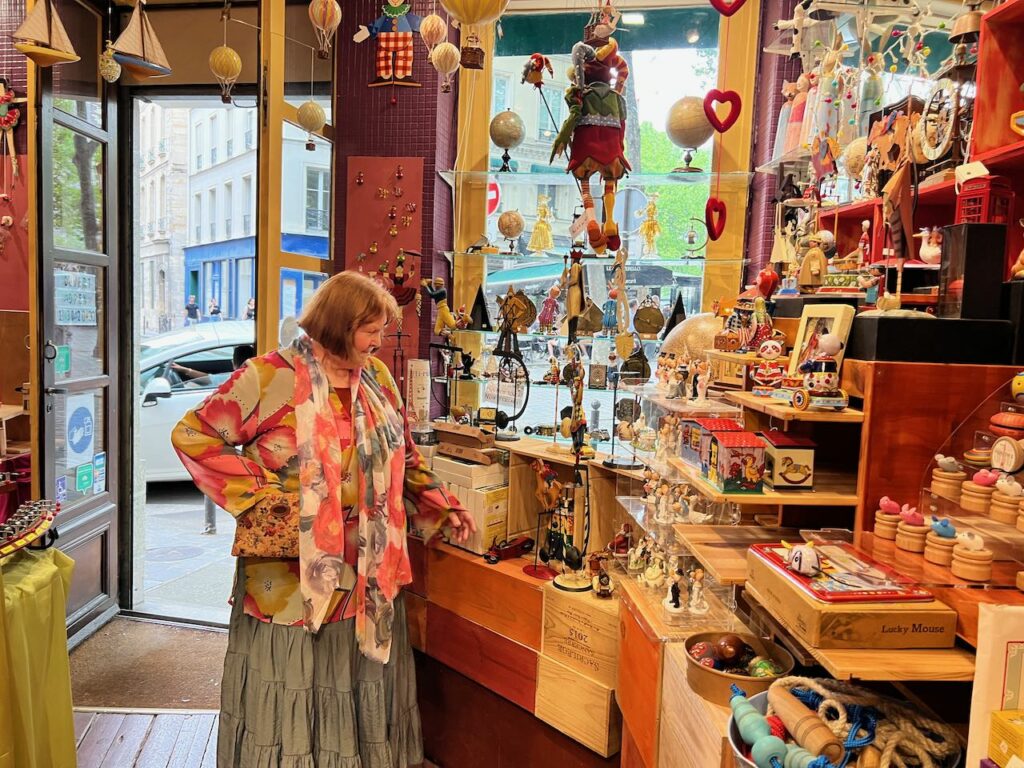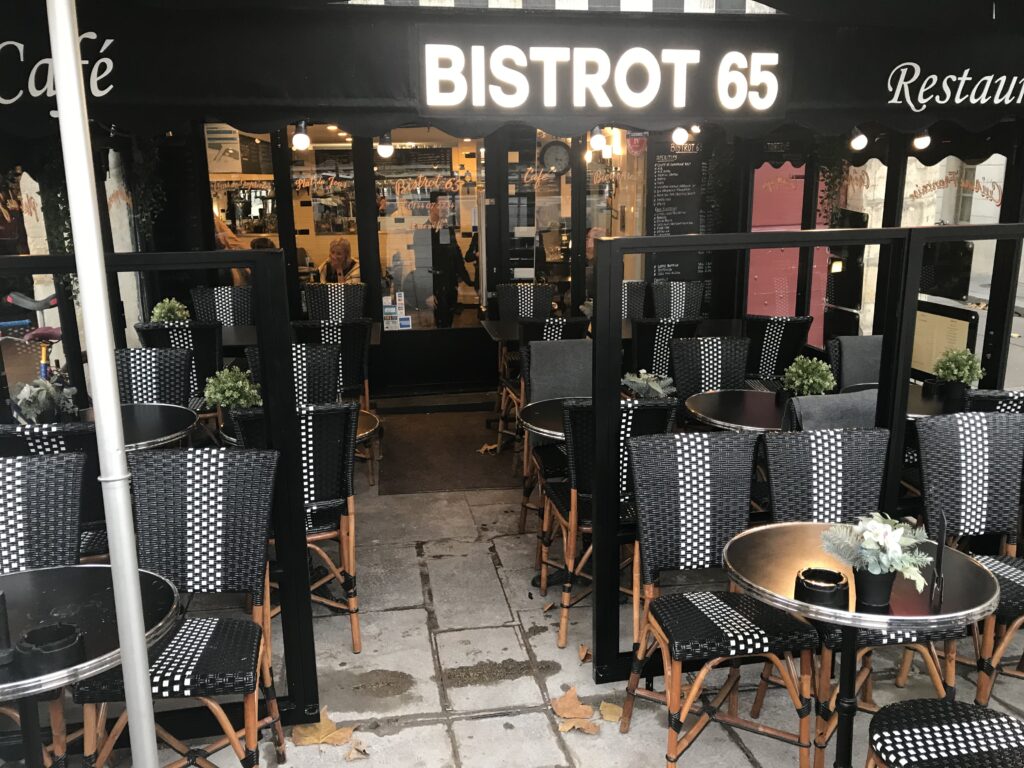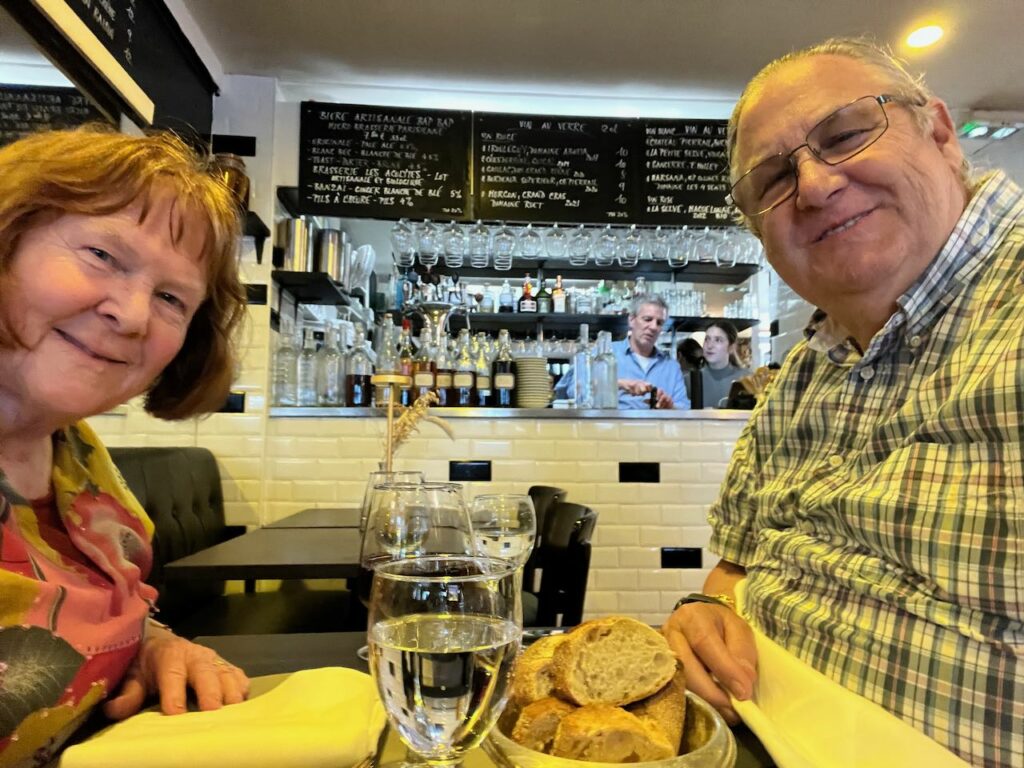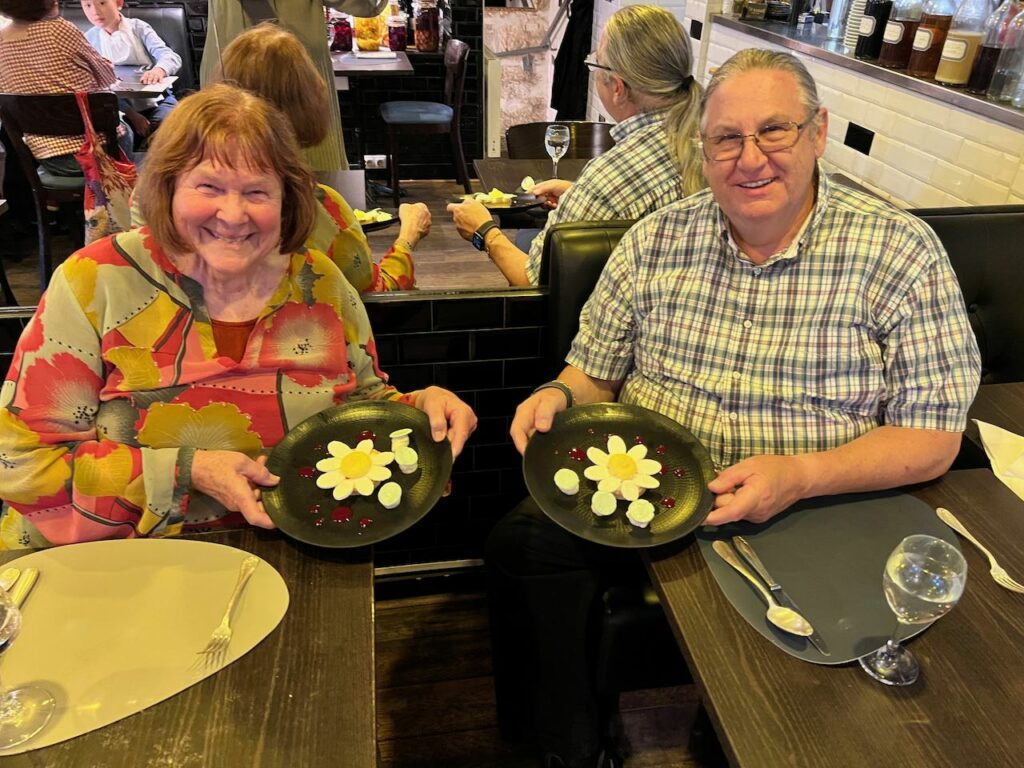On our last day in Paris, we had need of somewhere to have lunch prior to going to Musee de l’Orangerie and I remembered a friend, Randy, recommending Le Procope. This restaurant has been around since 1686 and is the oldest café in Paris.
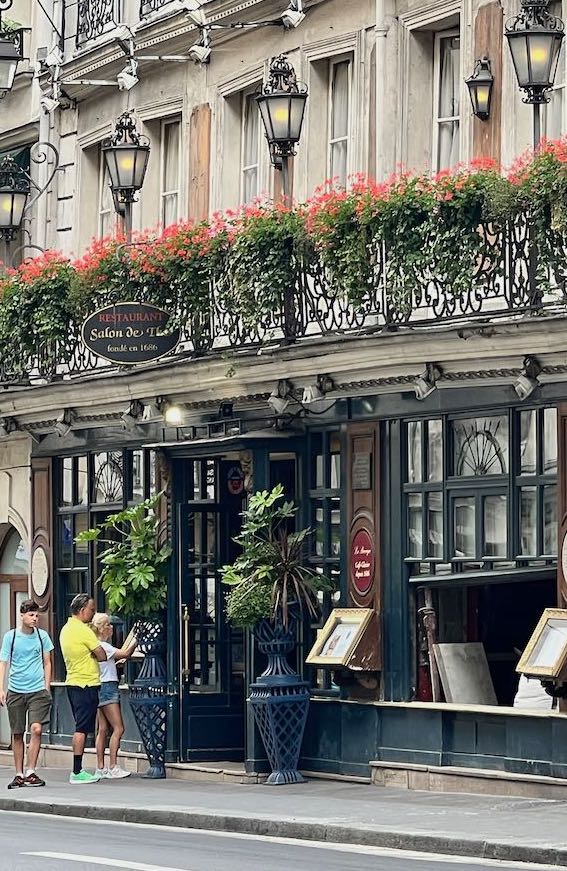
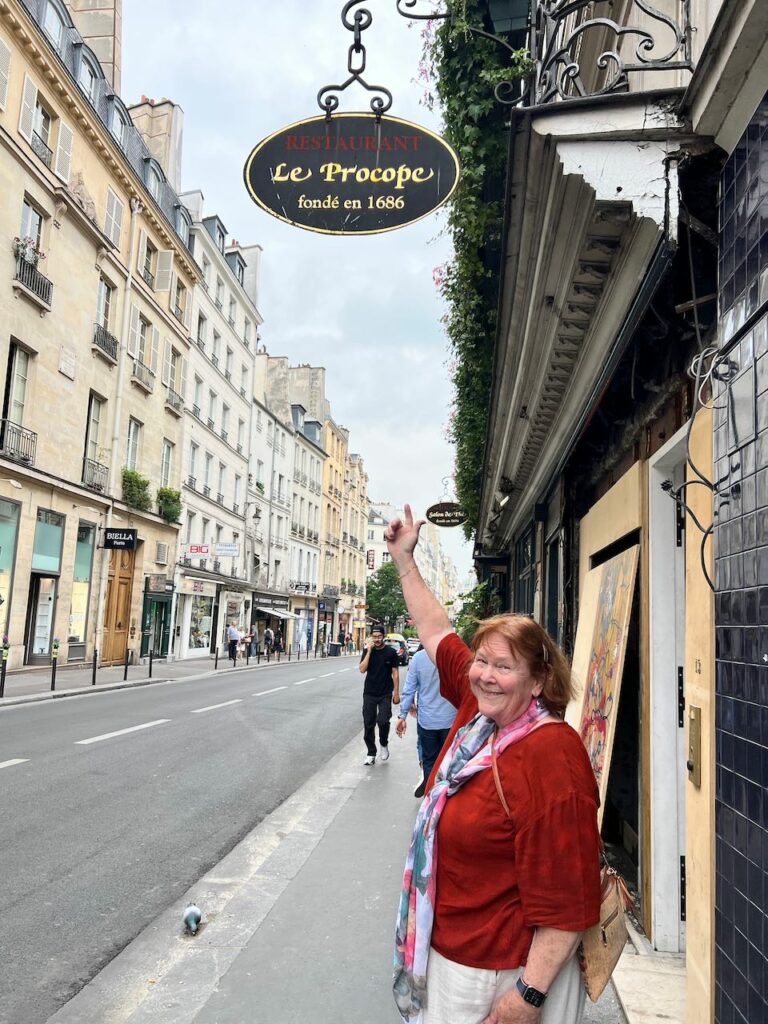
It was the first restaurant in Europe to introduce coffee and to democratize it by serving it at tables in a china cup. They offer a traditional and bourgeois French cuisine, through different specialties such as Coq au vin and Tête de veau, braised beef cheek, homemade Mille-feuille and traditional Procopio-style Tiramisù. I made a reservation for lunch and we found our way to the place.
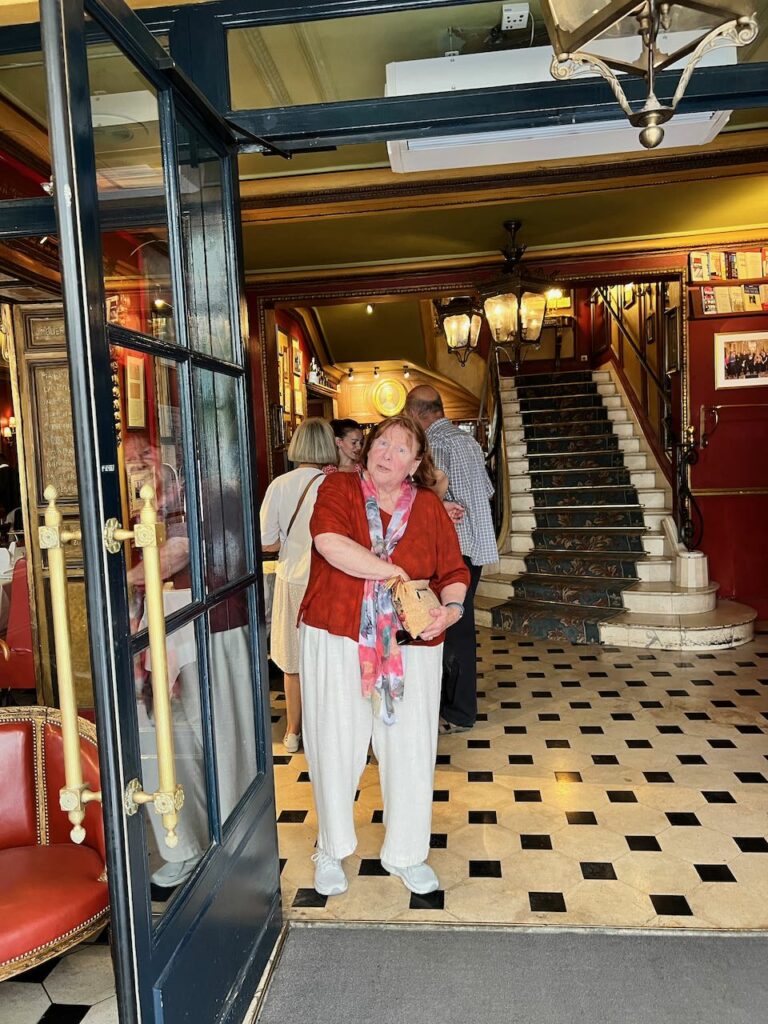
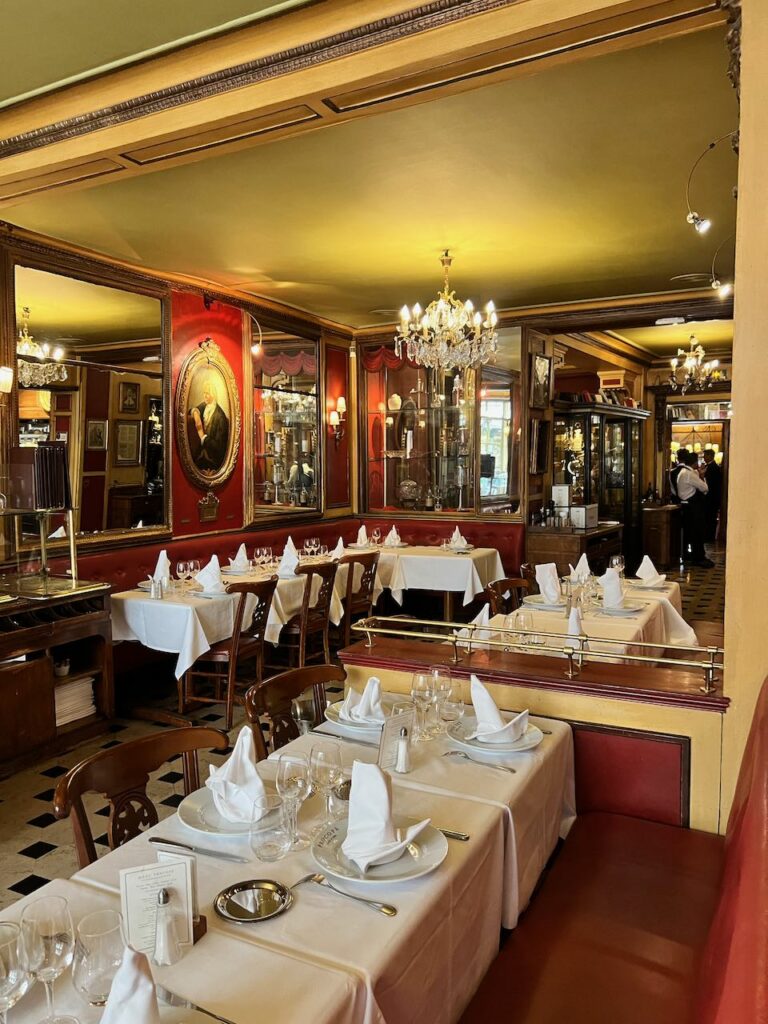
It is a large place with seating on two levels – the second level had at least 1 bus load of visitors while the first floor, where we sat, was singles and couples having lunch. The restaurant has many historic objects (including furnishings, treaties and written agreements) which all tell a stunning story. The most unusual item, in a glass case, is Napoleon’s bicorn hat, left by the Emperor as a pledge to cover the cost of his meal – which apparently he never claimed or paid his bill.
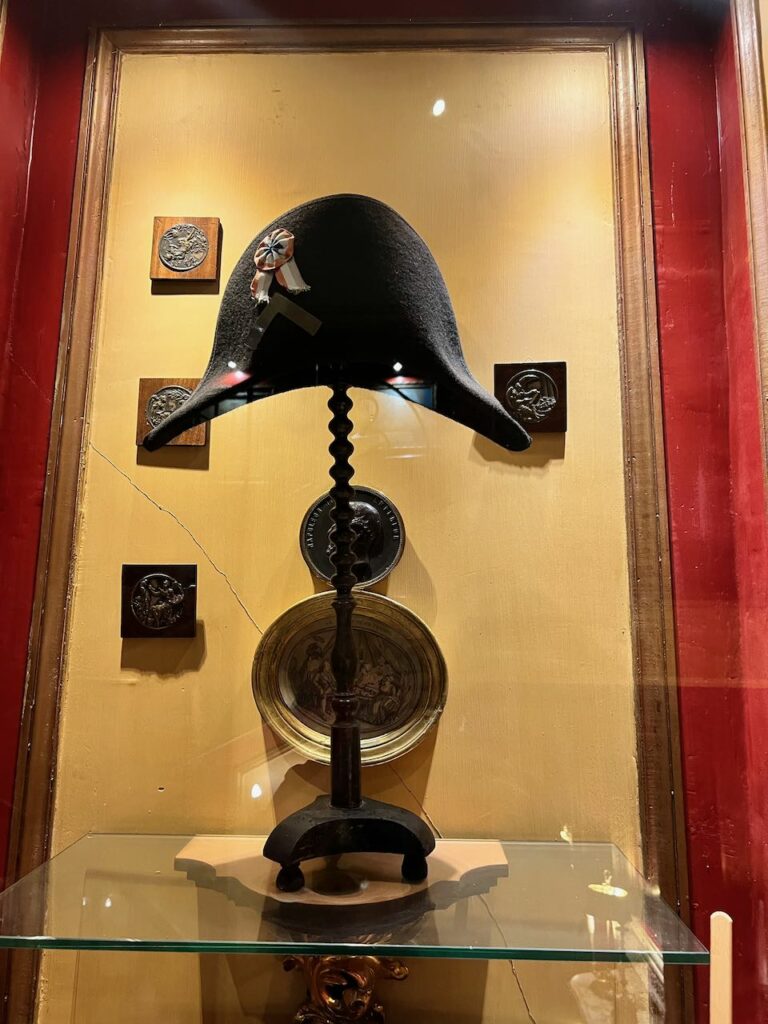
While this is clearly a tourist place, it did a great job of welcoming everyone and the food was well presented and delicious.
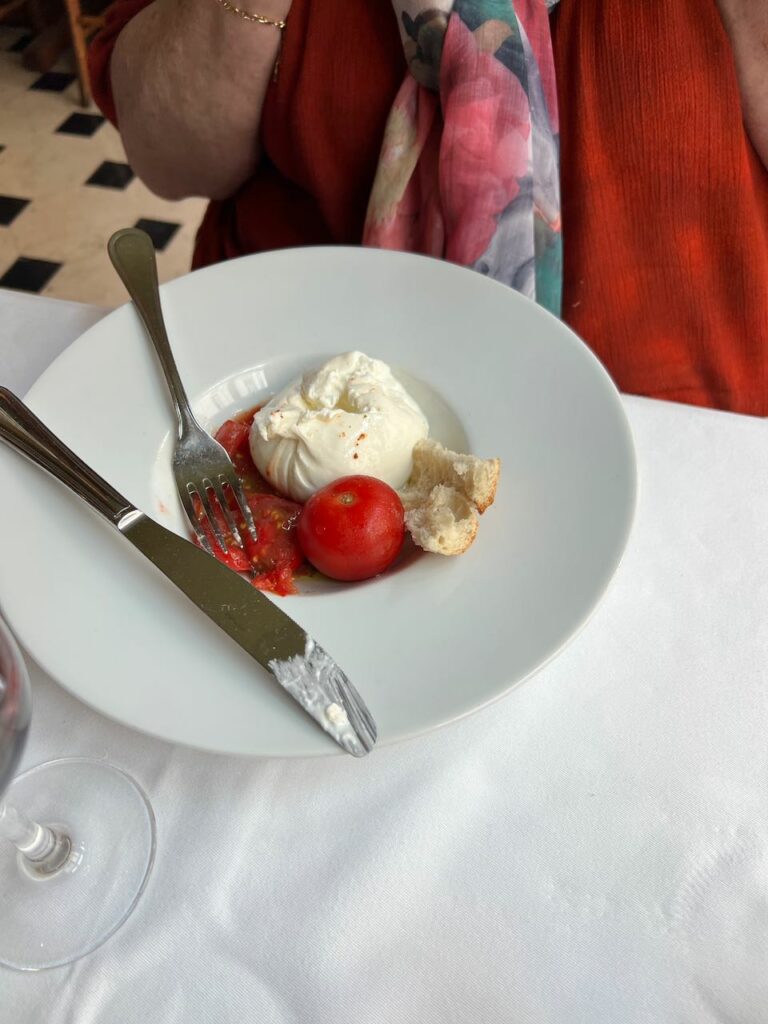
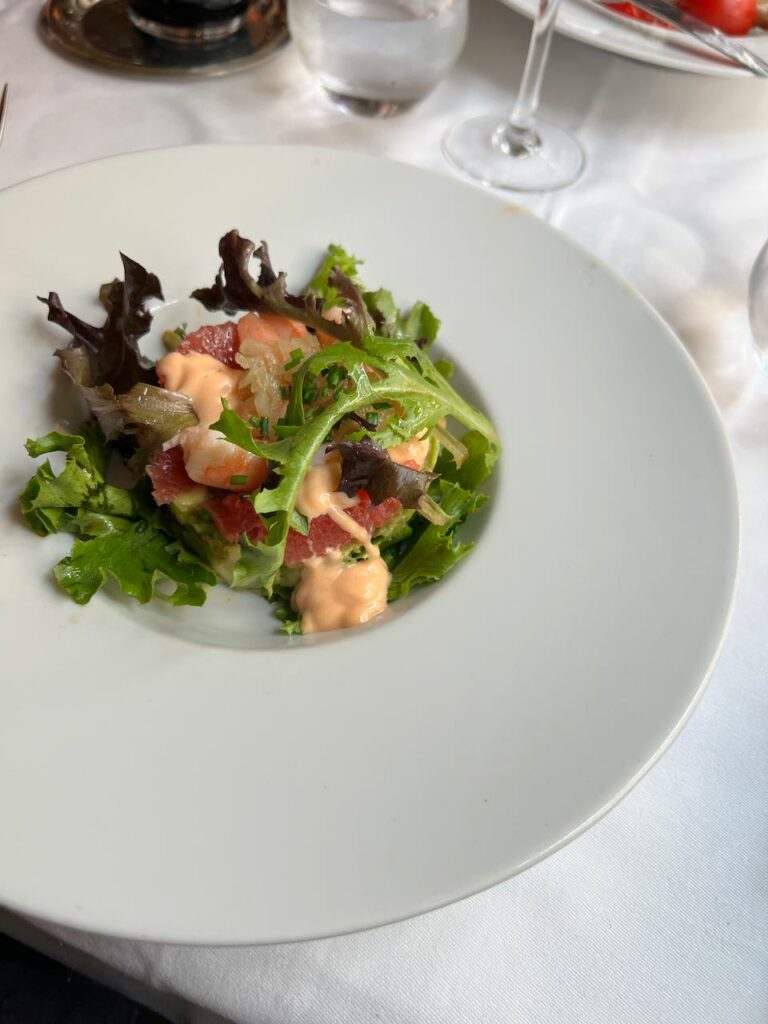

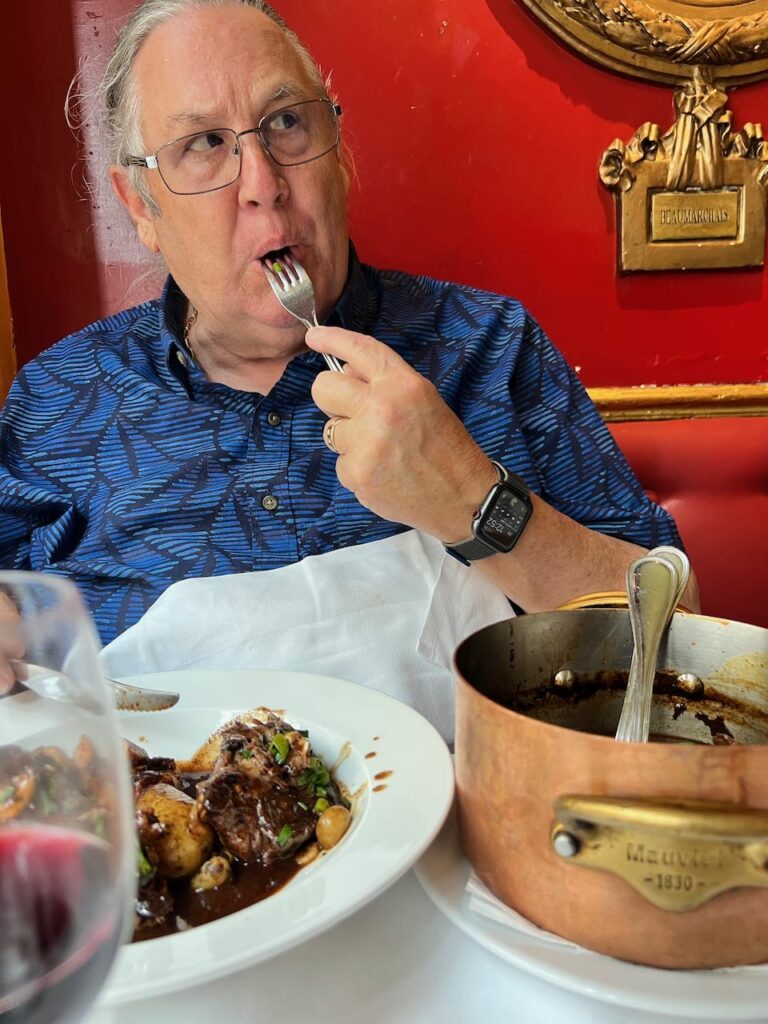
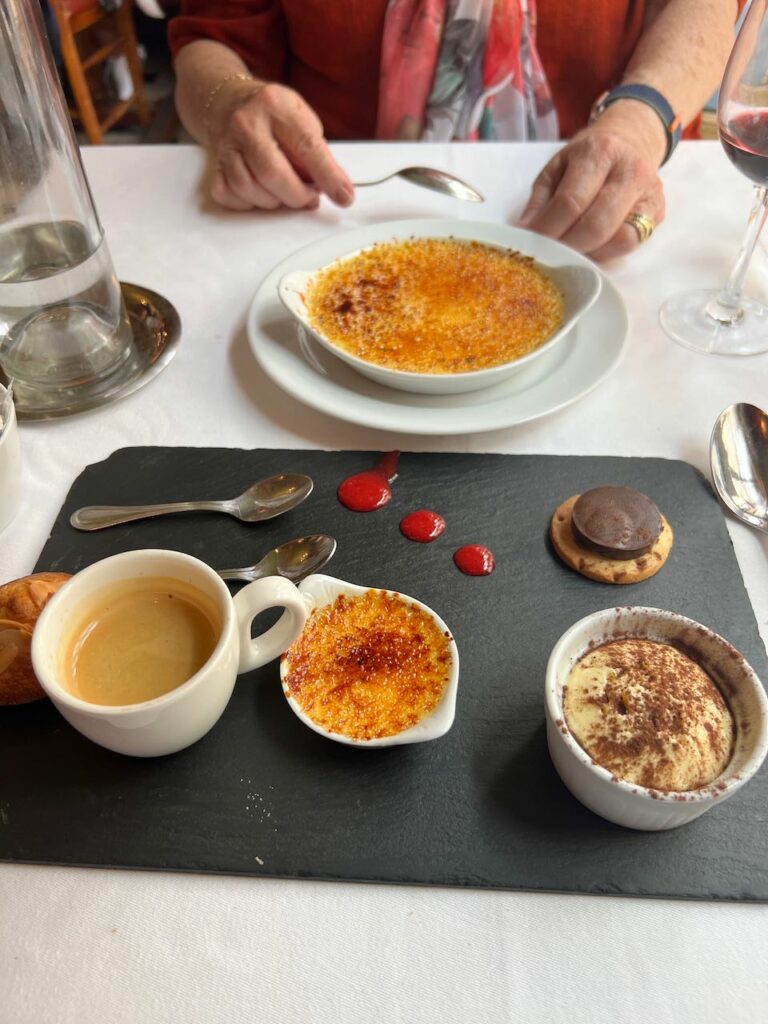
While it won’t replace our original favorite place it will certainly be a place we can return to without hesitation.
After lunch, we took an Uber to l’Orangerie for our 3:30 scheduled entrance.
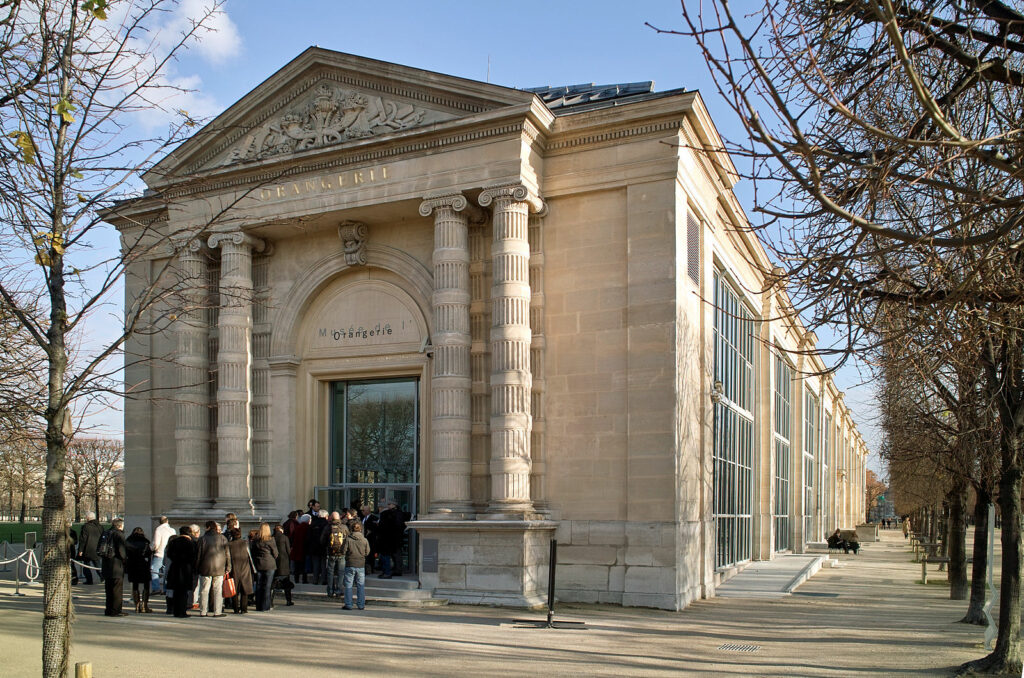
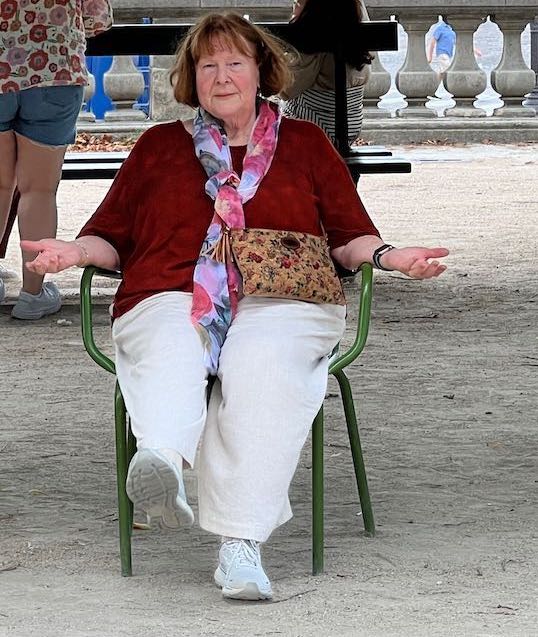
We have been to Paris a number of times, actually staying in Paris for 6 weeks two years in a row. However, we have never seen The Water Lilies by Claude Monet. We have visited Giverny and seen Monet’s home and studio and I have read Ross King’s book Mad Enchantment: Claude Monet and the Painting of the Water Lilies so have some understanding of the back ground of The Water Lilies and why they ended up being given to the Government and placed in the Musée de l’Orangerie.
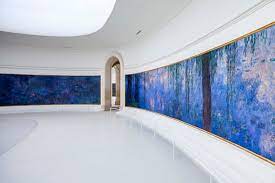
The Water Lilies cycle of paintings occupied Claude Monet for three decades, from the late 1890s until his death in 1926, at the age of 86. The series was inspired by the water garden he created at his Giverny estate in Normandy. Water Lilies, is a series of approximately 250 oil paintings he did over the period.
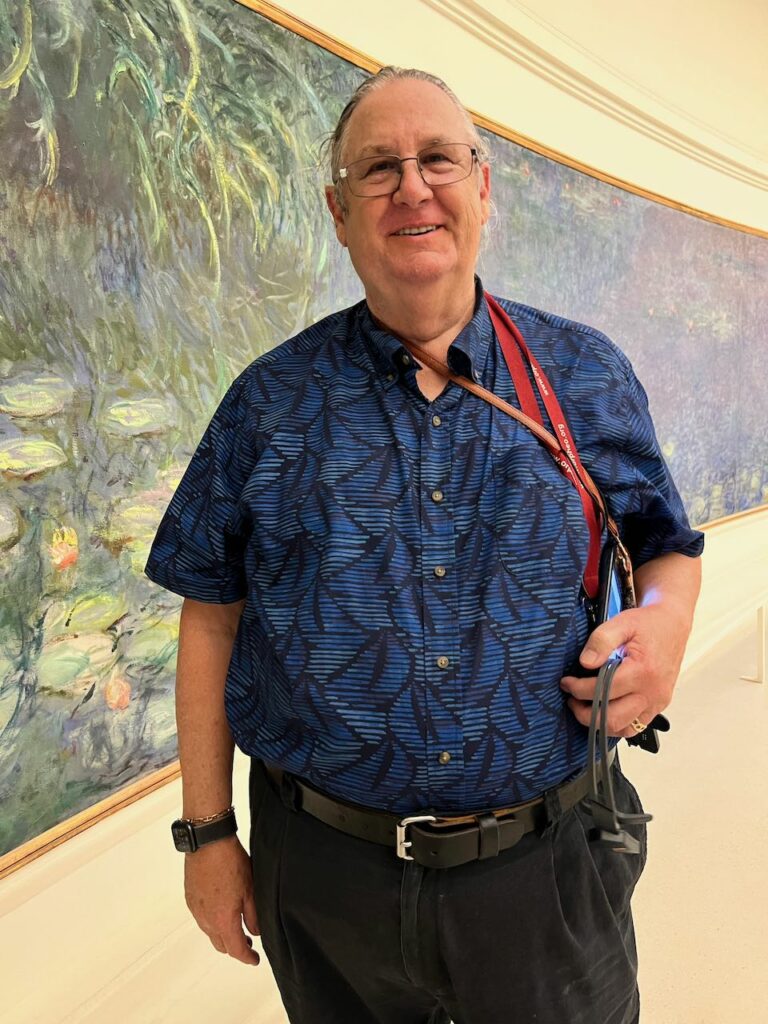
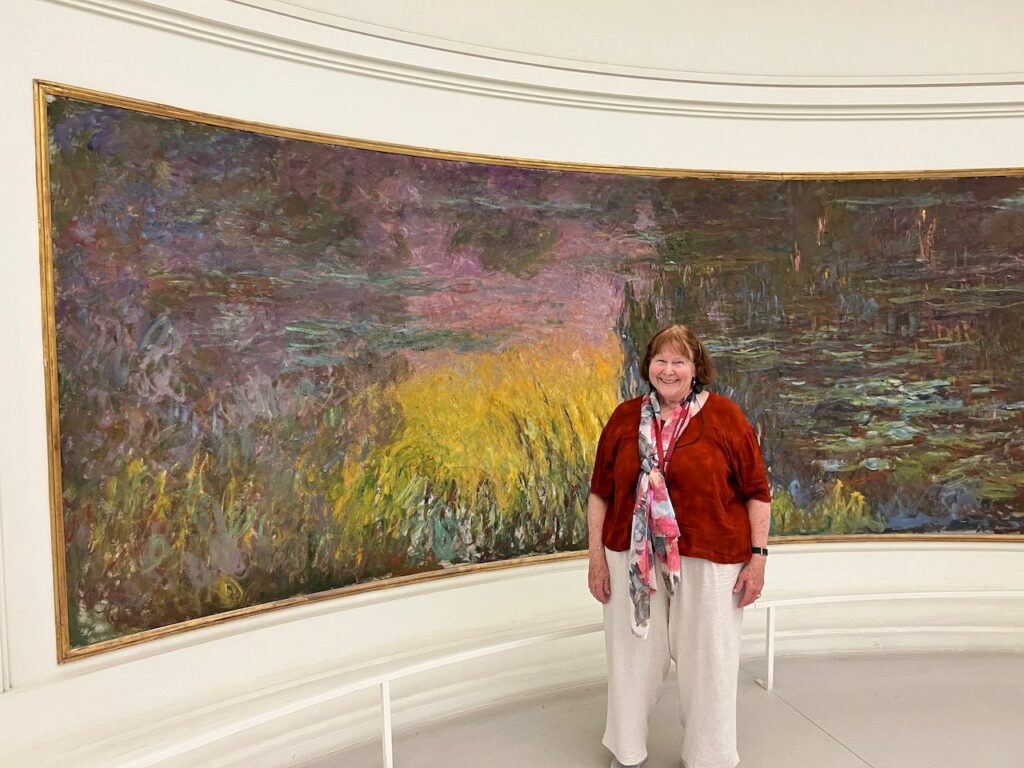
Those that eventually became the property of the French Government comprised a series of paintings and are very large and requires a large room for display. It was his intention all along that they be placed in a large building where they could be mounted on the walls so the viewer would be surrounded by all the beauty he had created.
On the lower level there were additional painters represented – mostly those that would have been contemporary to Monet. This collection included paintings by Picasso, Renoir, Cezanne and Modigliani among others: there are a total of 145 paintings in the collection covering the period from the impressionists to the 1930’s.
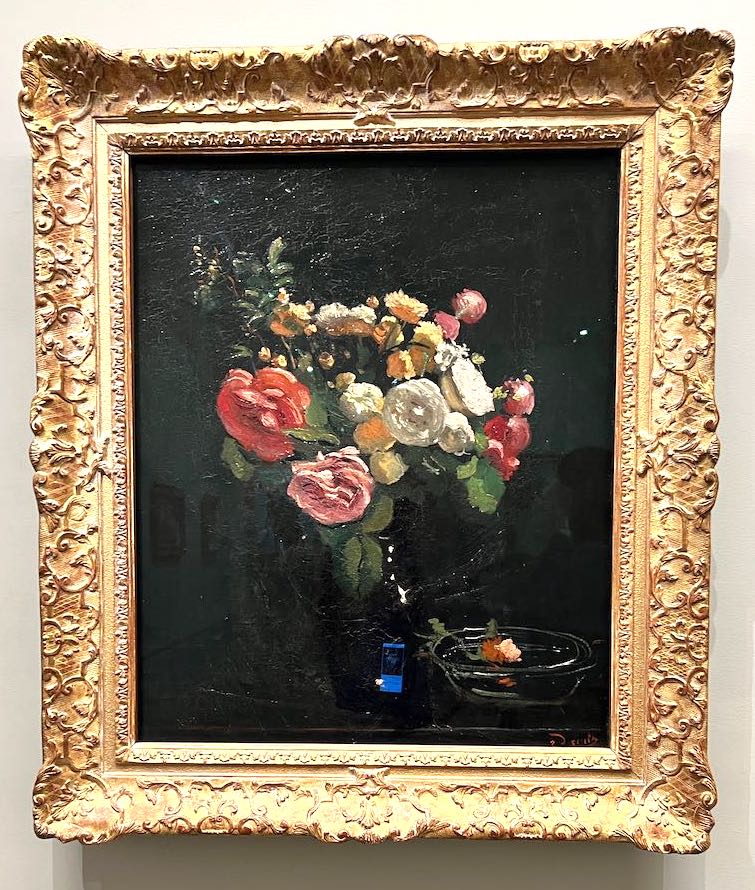
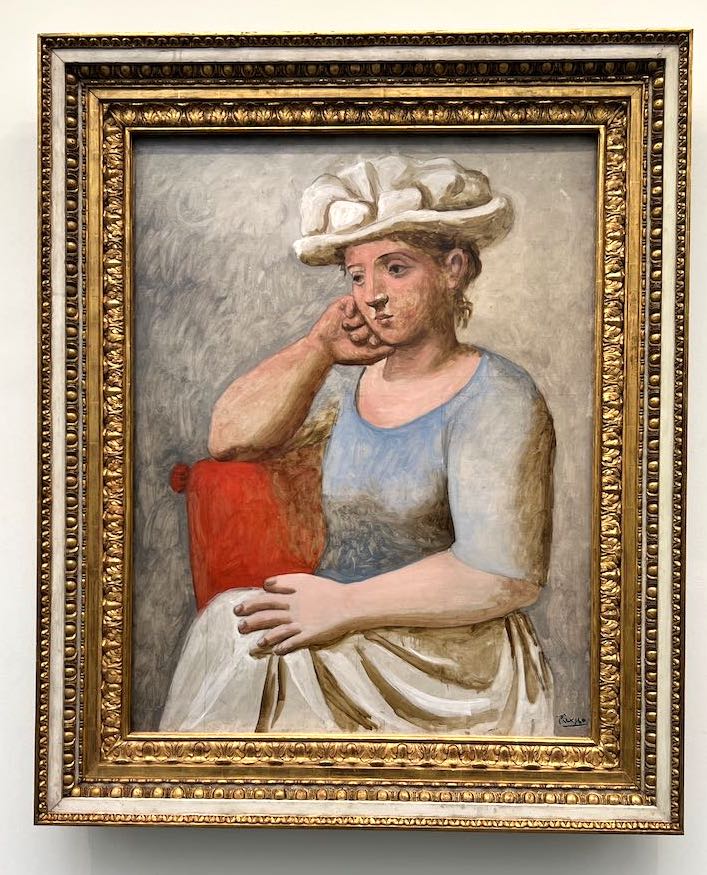
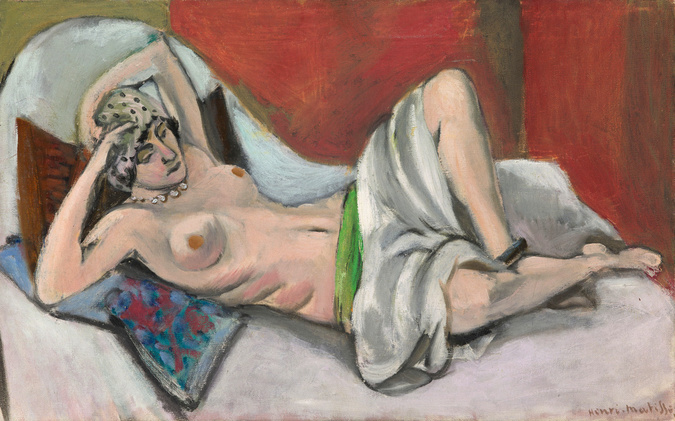
It was an interesting comparison to all the Water Lilies upstairs – all having been painted at about the same time.
After our visit to the l’Orangerie we went back to our apartment to finalize packing for our train trip to the Normandy region and our visit with Ryan and Chris.



